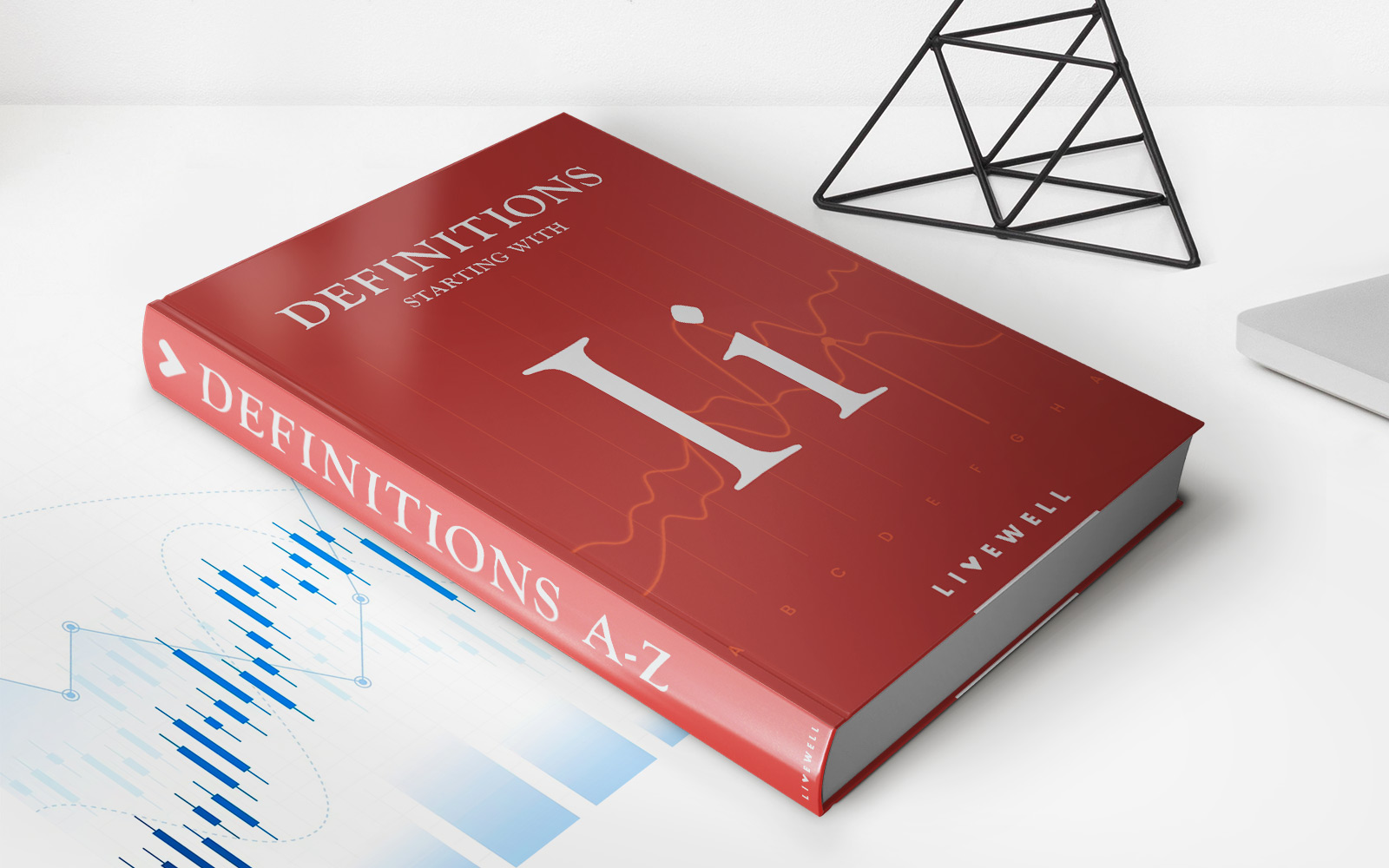Home>Finance>Inverted Yield Curve: Definition, What It Can Tell Investors, And Examples


Finance
Inverted Yield Curve: Definition, What It Can Tell Investors, And Examples
Published: December 12, 2023
Discover the definition of an inverted yield curve and how it can provide valuable insights for investors. Explore real-world examples and gain a deeper understanding of this important finance concept.
(Many of the links in this article redirect to a specific reviewed product. Your purchase of these products through affiliate links helps to generate commission for LiveWell, at no extra cost. Learn more)
Welcome to the World of Finance: Understanding the Inverted Yield Curve
When it comes to investing, understanding the various indicators and metrics is crucial for making informed decisions. One such indicator that often garners attention is the inverted yield curve. In this blog post, we will delve into the concept of the inverted yield curve, exploring its definition, what it can tell investors, and provide real-life examples to enhance your understanding. So, let’s dive into the fascinating world of finance and explore this intriguing phenomenon.
Key Takeaways:
- The inverted yield curve is a situation where short-term bonds offer higher yields than long-term bonds.
- This phenomenon is seen as an indicator of an impending economic downturn.
Understanding the Inverted Yield Curve
The inverted yield curve is a term that is often tossed around in financial discussions but might seem perplexing to those who are not well-versed in economics. Simply put, this phenomenon occurs when the interest rates on short-term bonds, such as those with a maturity of two years or less, become higher than the interest rates on long-term bonds, typically with maturities of ten years or more.
So why is this important? An inverted yield curve is widely considered to be a predictor of an economic downturn. It suggests that investors have less confidence in the short-term economic outlook compared to the long-term. As a result, they demand higher yields on short-term bonds as compensation for the perceived increased risk. In contrast, long-term bonds typically offer lower yields as a result of investor confidence in the future economy.
What the Inverted Yield Curve Can Tell Investors
The inverted yield curve is often viewed as a significant economic indicator that can provide valuable insights to investors. By analyzing the yield curve, investors can gain a better understanding of the market sentiment and anticipate potential shifts in the economy. Here are a few key takeaways when considering the implications of an inverted yield curve:
- An inverted yield curve suggests that investors are concerned about the short-term economic prospects, potentially leading to a decline in business activities and consumer spending.
- The yield curve can reflect investors’ expectations regarding future interest rate changes by central banks. A flattening or inversion of the curve may indicate expectations of future rate cuts.
- Financial institutions, such as banks, might find their profit margins squeezed in an inverted yield curve environment. This can be due to a narrower spread between the rates at which they borrow and lend.
- Inverted yield curves have historically preceded recessions, making them an important tool for investors to assess the risk of economic downturns.
Examples of the Inverted Yield Curve in Action
Now that we’ve covered the definition and significance of the inverted yield curve, let’s look at some real-life examples to solidify our understanding. One notable example is the inverted yield curve that occurred prior to the 2008 financial crisis. In early 2007, the yield curve inverted as short-term interest rates exceeded long-term rates, serving as a warning sign of the impending market collapse.
Another recent example is the inverted yield curve that emerged in 2019. Concerns about a potential global economic slowdown led investors to flock towards long-term bonds, driving yields lower and, in turn, inverting the yield curve. This inversion sparked fears of an upcoming recession and triggered market volatility, catching the attention of economists and investors worldwide.
It’s essential to note that while the inverted yield curve is often seen as a reliable indicator, it is not foolproof. Economic conditions can vary, and other factors need to be considered when interpreting the yield curve’s message.
Conclusion
The inverted yield curve is a captivating concept within the realm of finance. As investors, understanding its meaning and implications can provide valuable insights into market expectations and potential economic shifts. By grasping how the inverted yield curve relates to the broader economic landscape, investors can make more informed decisions and position themselves for success in an ever-changing market environment.
So, the next time you come across discussions about the inverted yield curve, you’ll have a better understanding of its significance and be well-equipped to navigate the intriguing world of finance.














